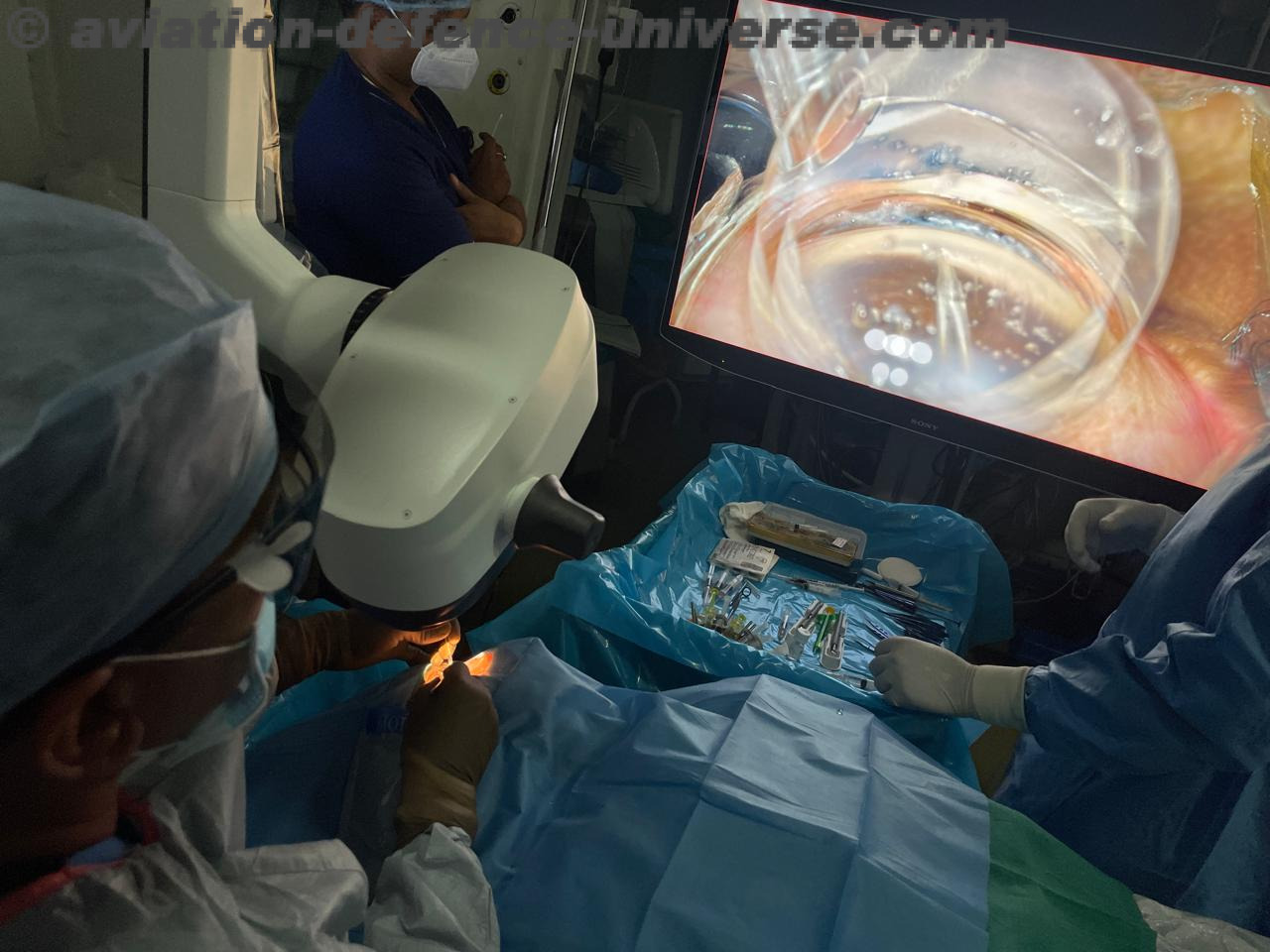Tel-a-viv. 30 March 2020. As coronavirus cases in Israel surge past 1,200, Rafael Advanced Defence Systems, which is a state-owned Israeli technology company, has recently announced that it has converted an AI-based cyber-security defence system in order to predict the location of the coronavirus outbreak.
Based on its advanced real time analysis, data mining and artificial intelligence, Wisdom Stone is designed to exploit an enormous amount of information and raw data, received from various sources and comprised of different types and formats and to transform it into knowledge, insights and actionable products.
Wisdom Stone™ is a system for extraction and fusion of information in the world of big data. The system collects and classifies data in a robust manner and quickly processes and analyzes the data using Artificial Intelligence (AI) and Machine Learning (ML) technologies, forwarding information, insights and action items to the relevant agents.
The system exports insights in different formats including statistics based on variable parameters. The system, designed for governmental and public users, is easily adaptable for managing the Corona virus pandemic.
The system is designed for a large number of users and enables central management of all users and access via the system website or the cellular . The system supports a number of different languages users
The web-based system can be used by law enforcement, homeland security agencies, national health care agencies, municipalities, etc. The platform maintains data privacy by automatically extracting only the relevant data from the databases without enabling user access to the databases.
The internet based system is available to all users based on designated access levels and is protected against cyber attacks.
System Capabilities
Identify and locate people at risk and those who violate quarantine regulations by extracting and fusing data from official applications such as cell phone location tracking, credit card use monitoring, social media other databases.
Identify contagion trends and areas of spreading. Detect large gatherings of people. Managing populations in quarantine:
- Situational picture of people who should be in quarantine
- Cellular text messages regarding quarantine requirements, identify people who have not submitted declarations of quarantine
- Map previous activities and locations of people newly diagnosed using cell phone location and credit card use and send notifications to others who were in the same locations at the same time and notify them of quarantine regulations.
Enforcing quarantine regulations:
- Notifications of people who violate quarantine regulations – automatically compare quarantine address with cellular position, credit card use location, service applications
- Using face recognition technology on existing networks of surveillance cameras in areas with known cases to identify quarantine violations and relevant populations and notify exposed people of quarantine requirements
- Locate and notify people based on license plate identification by surveillance cameras
Optional Features:
- Map contacts using phone conversations, social networks
- Follow social networks and extraction of information on people in quarantine and their movement; follow public discourse regarding the virus and quarantine regulations and identify individuals leading defiant discussion forums
Interface with information/data repositories:
The system enables interfacing with outside organizations, databases and information and access hierarchy for different levels of users.
- Details of quarantine declaration forms, especially address / location
- Lists of people infected with the virus (hospitalized and in home quarantine)
- Lists of people in quarantine
- Data regarding people entering the country from other countries (all borders – air, land, sea)
- Cellular tracking
- Data regarding cell phone ownership and use
- Population registries and other accessible information sources – addresses, phone numbers
- Credit card use based on location
- Surveillance camera footage in areas where infected people have been
- Cellular phone numbers from phone companies



























































































































